Reading List
Books
(Goodreads links unless otherwise specified)
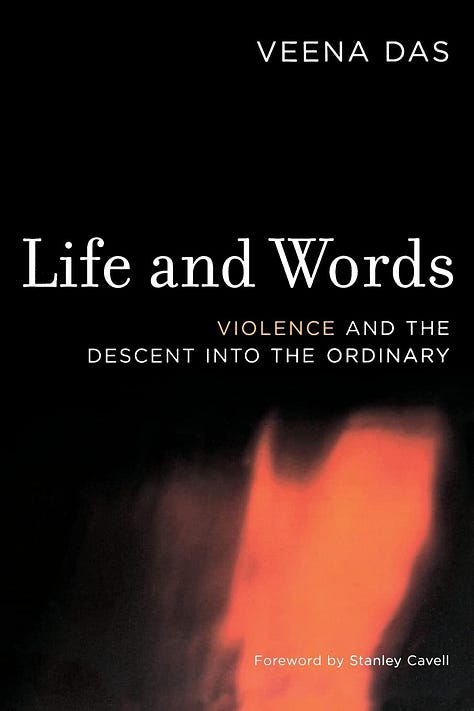
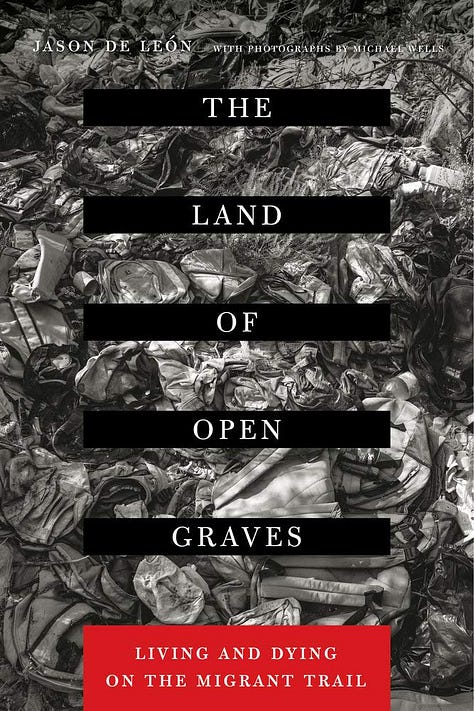
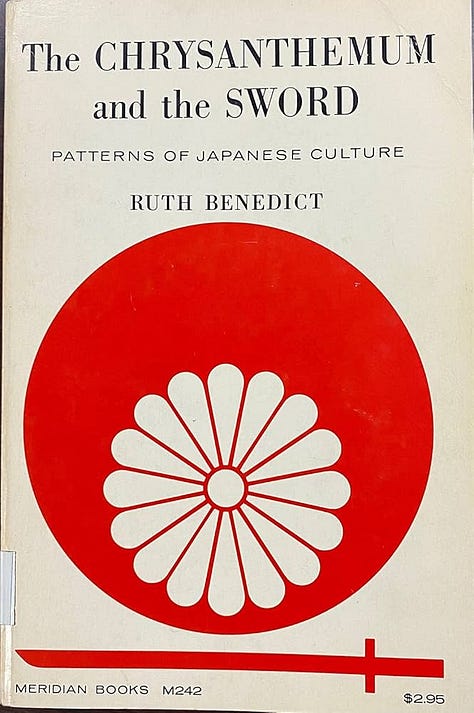

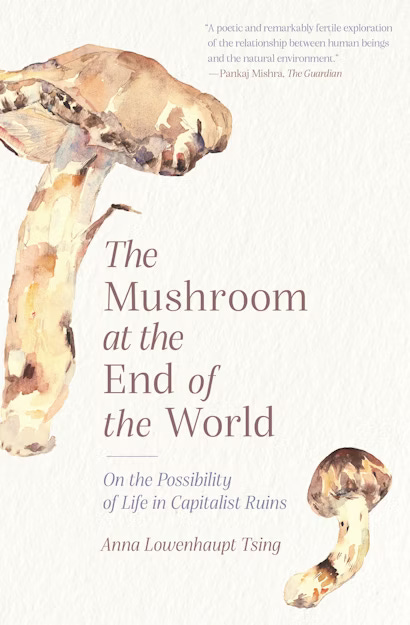

Benedict R (2005) The Chrysanthemum and the Sword: Patterns of Japanese Culture, Houghton Mifflin Harcourt.
Das V (2007) Life and Words: Violence and the Descent Into the Ordinary, University of California Press.
Leon JD and Wells M (2015) The Land of Open Graves: Living and Dying on the Migrant Trail, University of California Press.
Marquez GG (2006) One Hundred Years of Solitude, HarperCollins.
Tsing AL (2015) The Mushroom at the End of the World: On the Possibility of Life in Capitalist Ruins, Princeton University Press.
Turner VW (1967) The Forest of Symbols: Aspects of Ndembu Ritual, Cornell University Press.
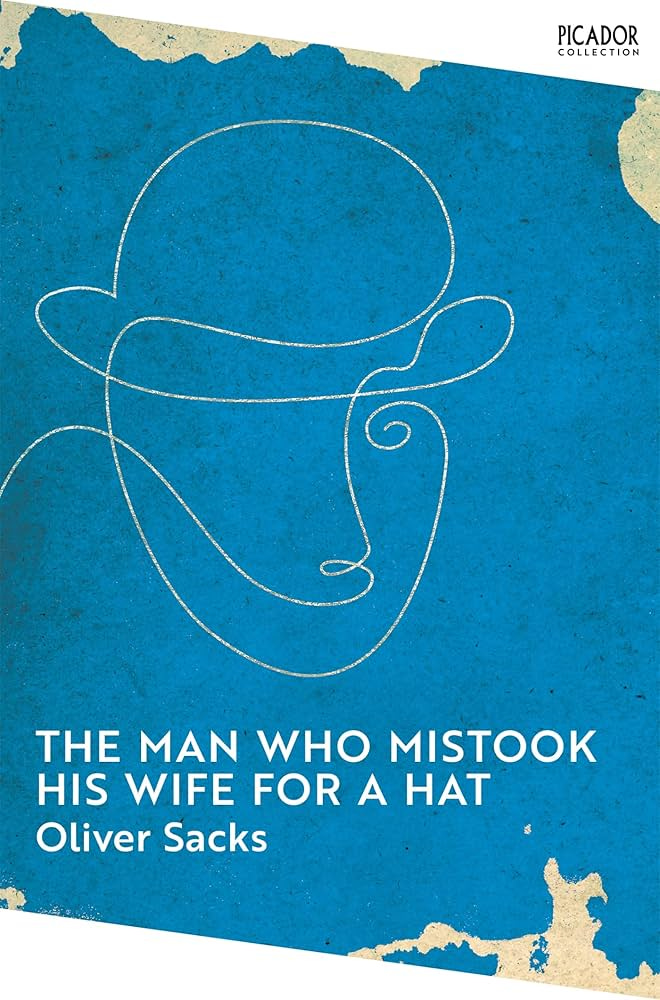
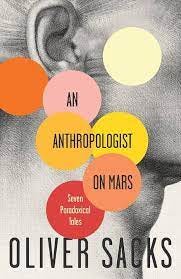
Sacks, Oliver (1995) An Anthropologist On Mars: Seven Paradoxical Tales, Vintage.
—— (1998) The Man Who Mistook His Wife For A Hat: And Other Clinical Tales, Simon and Schuster.
Interviews
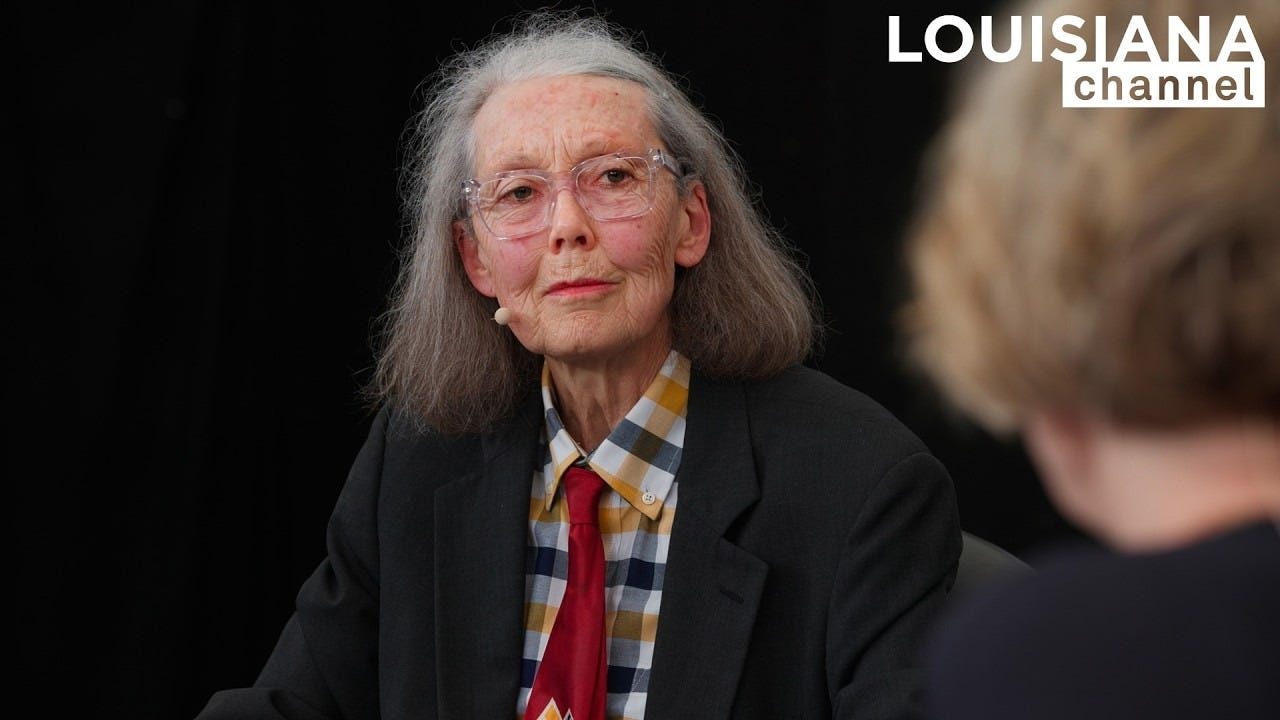
Wachtel E (2014) An Interview with Anne Carson, Brick, https://brickmag.com/an-interview-with-anne-carson/
This interview shows how meaningful insights can come from unexpected sources and methods, which is a central theme in the concept of accidental anthropology. Carson's work, like accidental anthropology, suggests that sometimes the most valuable insights come not from deliberate academic planning but from following one's curiosity and remaining open to unexpected connections and discoveries. Much of the interview focuses on her book Nox, a deeply personal exploration of her estranged brother's life through fragments, photos, and translation. Carson's method of assembling Nox - collecting photos, letters, and fragments - parallels anthropological fieldwork methods of gathering disparate pieces of evidence to understand a culture or phenomenon. She notes that ‘most of us, to be honest, are just a collection of bits that don't make sense’.


